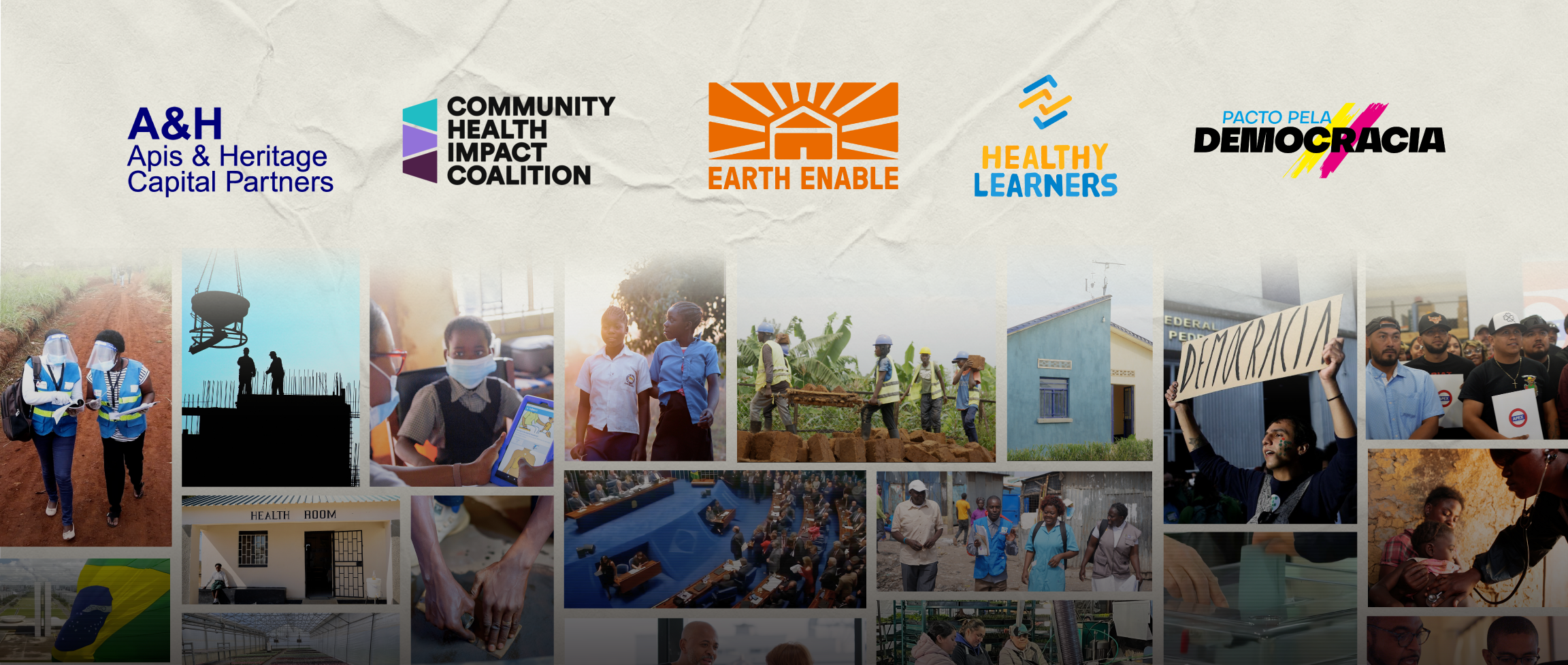Leadership Development: A Proactive Approach to Succession Planning
Leadership transition—particularly founder transition—is top of mind among many social entrepreneurs within the Skoll community. In fact, almost half of Skoll Awardee organizations have already weathered such a milestone. Some have been smooth and successful. Others have been fraught with challenge and uncertainty, not just for the individual, but for the organization and its mission.
Growing awareness of founder transition risks and possible disruption has motivated some funders, including Skoll, to create a system of supports to help organizations navigate changes in leadership. It’s important though not to forget that transitions at all levels of the C-suite warrant attention.
At Bridgespan, our research on nonprofit leadership confirms this need, uncovering alarming trends about the frequency of leadership transitions and the relative burden this can place on social sector organizations. In a 2015 survey of some 400 US nonprofit executives, we learned that respondents’ organizations had to fill 43 percent of C-suite positions over the previous two years, and that 33 percent of respondents planned to move on over the following two years. While some level of turnover at any organization is inevitable, this high rate of churn is concerning. Moreover, the related financial and productivity costs that such turnover can impose, especially when poorly managed, have the potential to undermine an organization’s effectiveness and, ultimately, its ability to advance its mission.
Survey respondents most frequently identified low compensation as a driver of turnover—a problem that defies ready solution. Insufficient individual development and growth opportunities ranked a close second. Fortunately, this is a problem that any organization can address cost effectively. Indeed, one of the best, but often overlooked, strategies to prepare for and manage leadership transitions is a greater investment in homegrown talent through in-house mentorship and coaching. Take a deep dive into this notion of leadership development as a proactive approach to succession planning in our 2012 book, Nonprofit Leadership Development: What’s Your ‘Plan A’ for Growing Future Leaders?
In broad strokes, these effective succession plans involve defining an organization’s future needs, inferring the skills and competencies required to meet them, and building those skills and competencies systematically in staff with leadership potential. This approach differs from many succession planning exercises on two important dimensions.
First, it links strategy and leadership needs, focusing on the future rather than maintaining the status quo. For growing and evolving organizations, this is an important distinction. The skills and competencies that propelled their growth may be less relevant to their long-term aspirations. A shift in focus from direct service toward broader systems change is one such example and a pivot that some Skoll Awardees are currently navigating.
Second, a commitment to mentoring and coaching reflects a longer term investment, not just in C-suite leaders, but in staff throughout the organization. By creating an effective system to cultivate talent from within, an organization can “build its bench” of future leaders while getting more out of its most important assets—its people.
So where should an organization begin? There are many available resources, including our own Leadership Development Toolkit. It provides succession planning guidance and examples, such as engaging the board in a conversation around talent, identifying employees with leadership potential, and crafting concrete development plans to help them advance and excel.
Such an effort demands time and resources, but it need not be burdensome or costly. We’ve found that nonprofits and NGOs of nearly any size can adapt these tools and processes to fit their unique needs. In fact, this was the case for the diverse set of 14 Awardees that we engaged on the topic at the Skoll World Forum in April. These organizations, all at different stages of growth, leadership transition, and talent development, each zeroed in on the tools and approaches they saw as a best fit for their needs.
As they approach this work, leadership teams should keep some guiding principles in mind:
CEOs drive this effort: In our work with hundreds of nonprofits, we have found no examples of high-quality, systematic leadership development in an organization without the CEO driving the effort. CEOs who visibly invest time and energy into leadership development send a powerful signal to the rest of the organization that it is crucial to their work.
Senior teams execute: Senior leadership teams must view coaching and mentorship as a key part of their day-to-day job, and they must encourage those who report to them to do the same. Leadership development is not just about grooming the next CEO or C-suite executive; it’s about investing at all levels of the organization.
Mentoring and coaching are everyday processes and behaviors: A commitment to leadership development cannot be seen as a separate initiative or it will fail. It may require a cultural and behavioral shift among staff. Nonprofits that do this best find ways to weave conversations about development into frequent interactions, from discussions with direct reports, to measures in organization-wide performance dashboards. This approach helps to shifts talent management away from assessment orientation toward a greater focus on competency development, ensuring individuals have the right skills to step into more demanding roles over time.
An investment in leadership development, regardless of its form, reflects a proactive approach toward succession planning for all levels of the C-suite. When done well, it can help prevent leadership transitions—even founder transition—from becoming a high stakes moment of panic and uncertainty. More importantly, it can build a strong leadership pipeline to enhance organizational performance and advance social impact goals.



